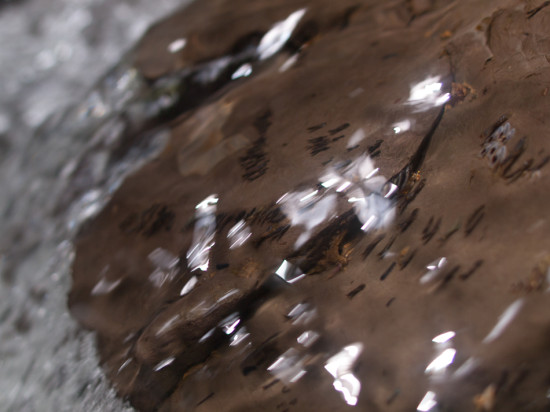
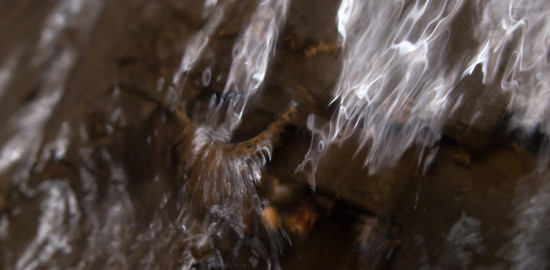
Jason and I were a bit more successful at capturing the release of this large, nectivorous (?) bat.
Michael, an undergraduate researcher out of Stanford, is working at Las Cruces on animal decomposition. Briefly, he’s set out freshly-killed adult chickens and chicks in forests and agricultural lands (i.e., pasture and coffee plantation) and monitors what happens…
He’s got camera traps trained on the adult chickens, and uses transects through both habitat types to pair replicate locations with both major habitats. It’s interesting (and rather smelly) work: there are a number of specialist scavengers that feed on animal matter, and the roles animal detritus (feces + dead animal) play in communities is often overlooked in light of the overwhelming biomass that plants input into detrital pools in ecosystems. Michael has already found some exciting facilitation effects within the scavenger community.
Michael was kind enough to take me along on one of his sampling dates.
A couple of mentors for NAPIRE, the program I’m working with this summer in Costa Rica, are guiding students in collecting bat-data… Currently, they have used mist nets to collect bats near the station and they data a myriad of data from each bat. Here are some photos of their collections. Look out for the bat parasites (bat flies in this case)!
Also posted on Facebook.
[fbalbum url=”https://www.facebook.com/media/set/?set=oa.264420400363137&type=1″]
Like the other OTS stations and many other field stations found in Costa Rica, Las Cruces has a black-light + white-sheet set-up to attract nocturnal insects for viewing. Here’s some quick shots I took last night.
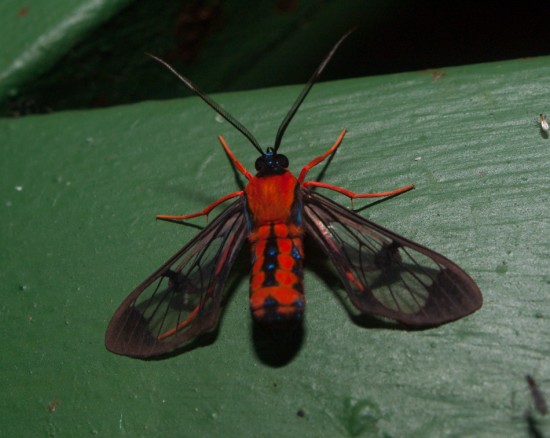

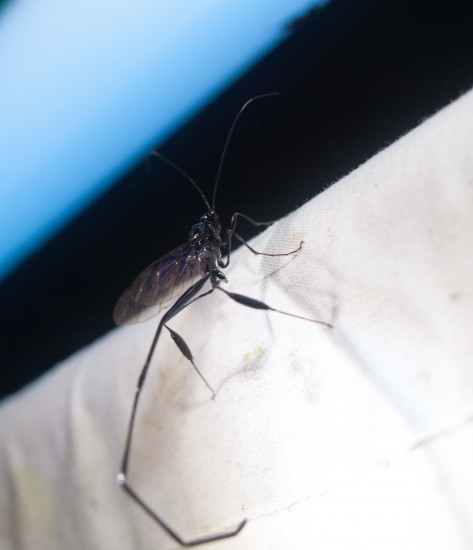
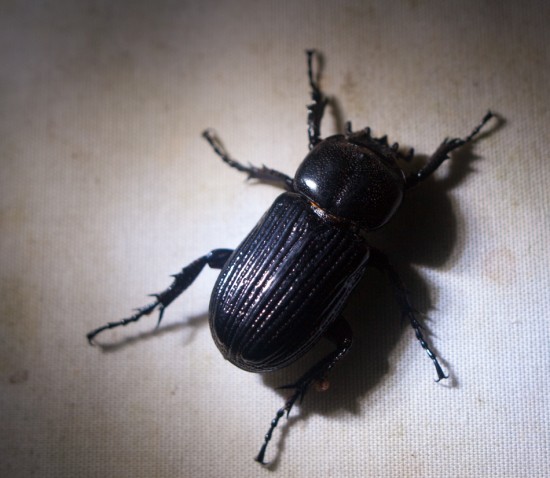
I’ve seen and posted about Norops oxylophus on other trips, including to Hitoy Cerere, where this one was, and RBAMB.
I’ve now arrived in Las Cruces, which is another field station operated by the Organization for Tropical Studies (Las Selva and Palo Verde are the other two in Costa Rica).
The past couple of days, I spent visiting Boa in Pandora (Valle de La Estrella) on the south end of the Caribbean slope. Of course, I have more pictures of my dogs that I could post, but hopefully I’ll get into posting some more interesting and diverse subject… for now, here’s a photo of one of Boa’s four dogs. She’s 6 months old and extremely playful.
One of my students, David, is planning to survey fish communities at Las Cruces. I may build a fish identification page here, but we’ll just start by posting some of what we catch here.
This is a long-whiskered catfish (Pimelodidae) called Rhamdia rogersi. I’ve seen this species in RBAMB and, I think, on La Peninsula Osa.